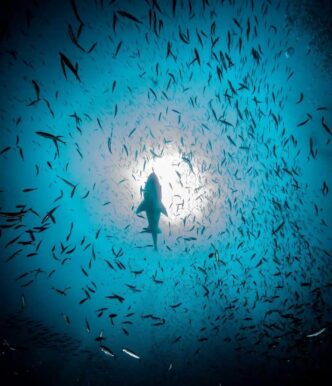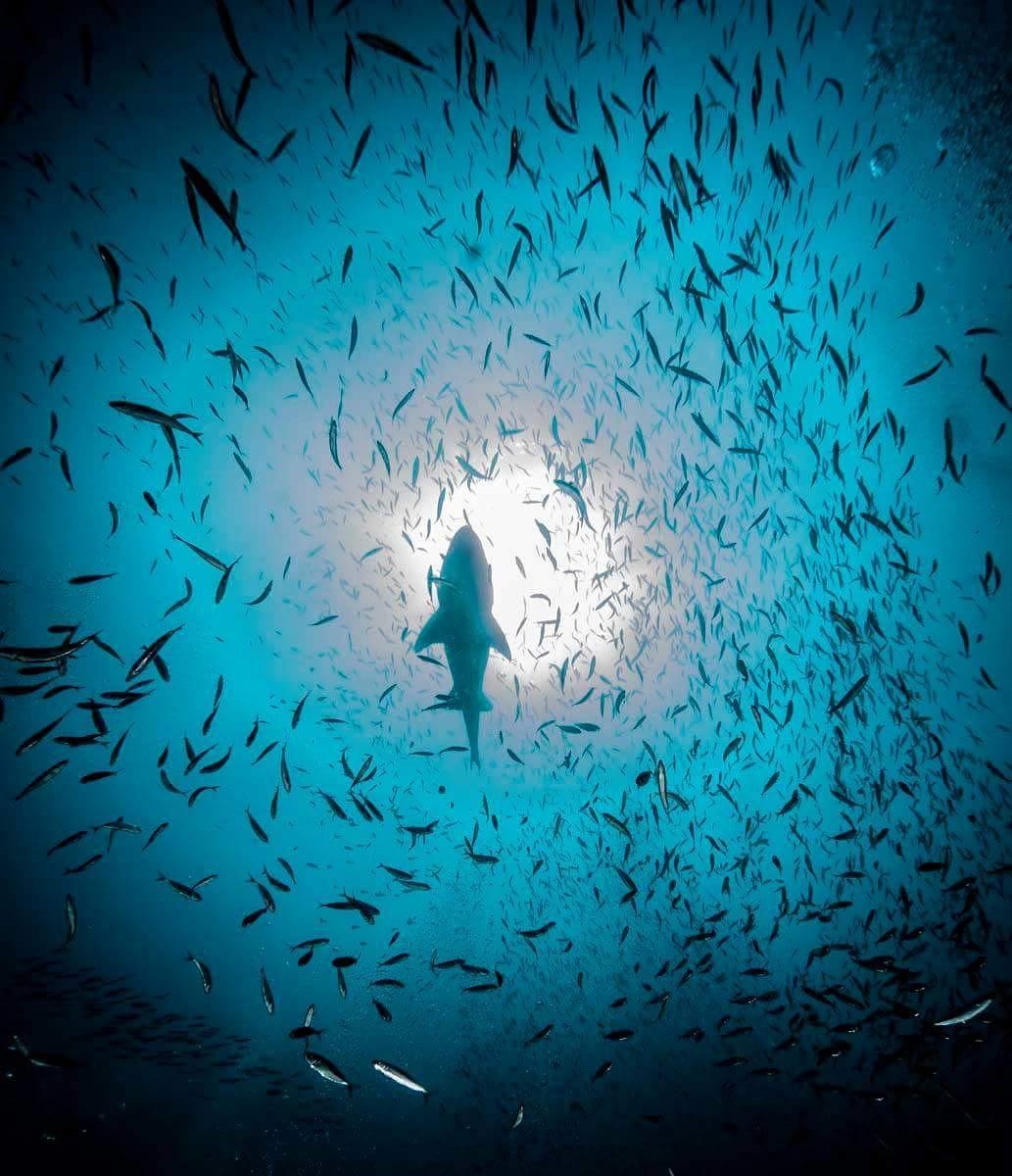Jacques Cousteau once called the Gulf of California the “Aquarium of the World,” a fitting tribute to a region renowned for its biodiversity and allure to scientists and ocean lovers alike.
On July 14, 2005, UNESCO designated the Islands and Protected Areas of the Gulf of California as a Natural World Heritage Site. Spanning 1,557 kilometers along northwestern Mexico, this protected region includes 244 islands, islets, and marine zones across 12 federally protected areas. Its striking landscapes and ecological richness earned it a place on the prestigious list.
The Sea of Cortez and its islands serve as a natural laboratory for studying evolution, speciation, and oceanic processes. The region’s rugged cliffs, turquoise waters, and bright desert light frame a dramatic seascape. Beneath the surface lies an abundance of marine life, making it one of the world’s premier diving locations.
The site boasts 695 plant species and 891 fish species, 90 of them endemic. It hosts 39% of the planet’s marine mammals and 33% of all cetacean species, far exceeding the biodiversity found at other marine World Heritage sites.
UNESCO recognition is based on three criteria. First, the area must display natural phenomena or exceptional beauty. The Gulf delivers with its island cliffs, sandy beaches, and colorful wildlife, both above and below water.
Second, it must illustrate ecological and biological processes vital to life on Earth. The Gulf uniquely contains both “bridge islands” and “oceanic islands” in proximity and reflects nearly all major oceanographic processes, making it crucial to understanding global marine dynamics.
Third, the site must support in situ conservation of biological diversity. The Gulf excels here too. Its extraordinary marine and desert ecosystems, particularly the Sonoran Desert, harbor rare and endemic species. The area represents over half of Mexico’s insular territory and is protected by federal decree.
The Gulf of California stands as a vivid, living museum of Earth’s natural heritage. Its preservation is a commitment Mexico has made through national conservation efforts and the stewardship of its Protected Areas.



